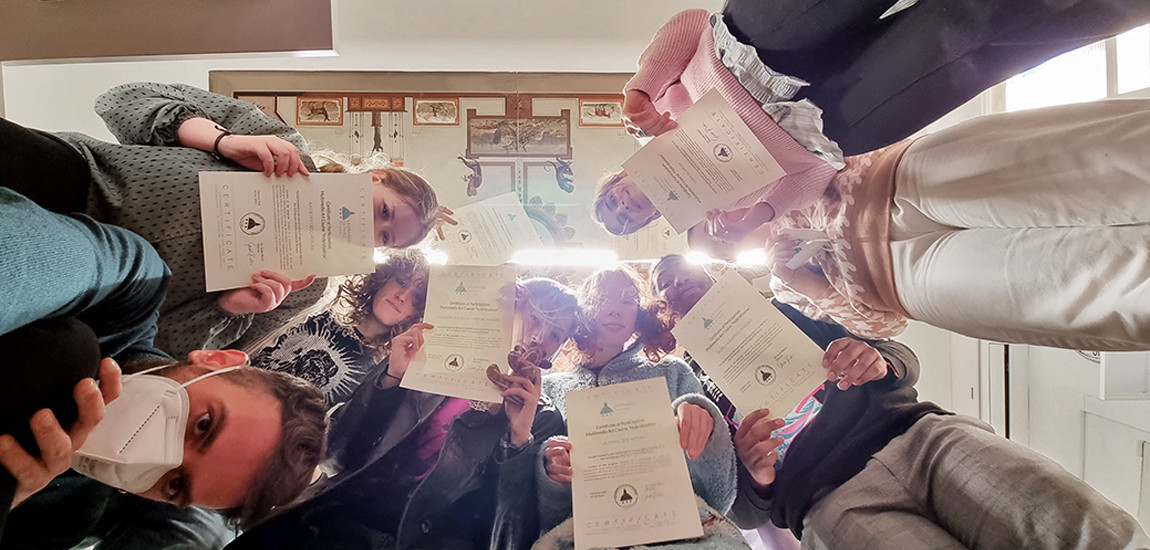
Erasmus Plus program: a contemporary art experience in Florence
Florence is a place rich in history and art that tourists from all over the world come to admire, transforming the city into a meeting place of many different cultures. People travel to here from all over the world not only to see the amazing art masterpieces scattered all over the city and filling up the museums, but also to study art, to learn how to do what the great masters have done so beautifully in the past.
And
not only that. Because Florence is not only Medieval and Renaissance art. It is
also a city where many young students try to learn how to develop their own
artistic language, inevitably influenced by modern times and new technologies.
In this context fits the one week program developed by our teacher Franco Spina, and offered to a group of Erasmus Plus students from the City of Wolverhampton College in Birmingham, in collaboration with Mover Lab.
Eight
very driven and passionate students that came to gain some work experience
through our program focusing on the theme of social hybridization. They tried
to establish a dialogue with Florence, welcoming the opportunity to experience
the city in unusual ways. The exercises of photography through sensory
deprivation while blindfolded and getting lost in the city, were particularly
interesting steps in the program, as they allowed the students to really become
aware of the environment around them, not only observe it in a passive way.
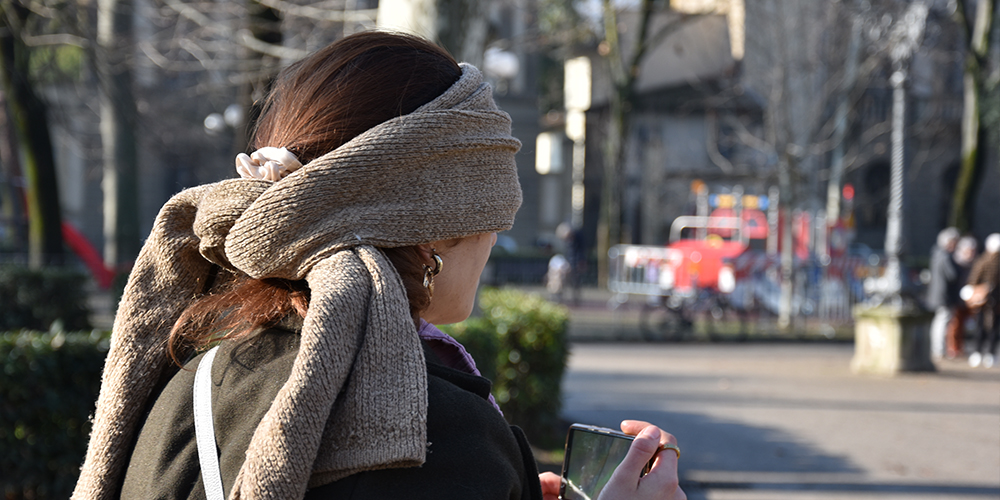
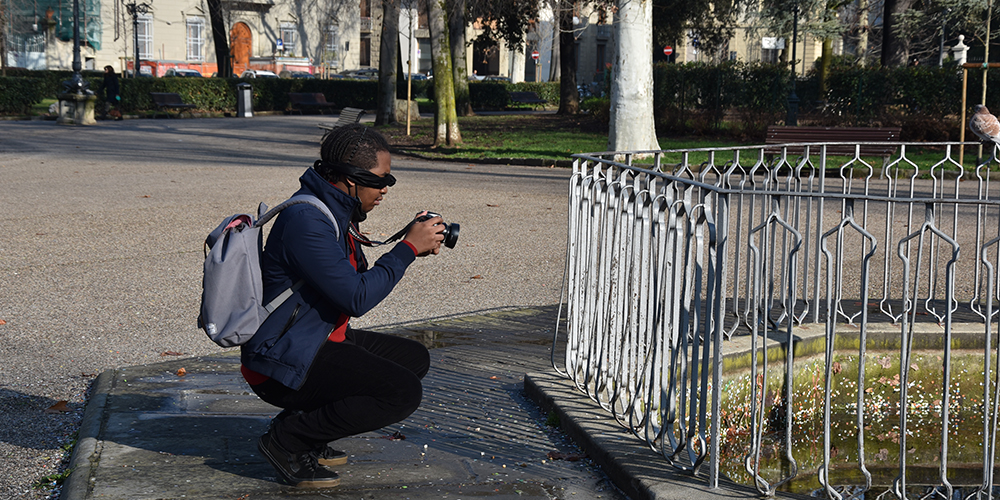
They
established from the very first day that art is a language, a way of expressing
oneself while also connecting with other people, communicating. Sometimes it is
just a message sent out to the world from the artist, sometimes it sparks a
conversation, and this is usually the case with contemporary art.
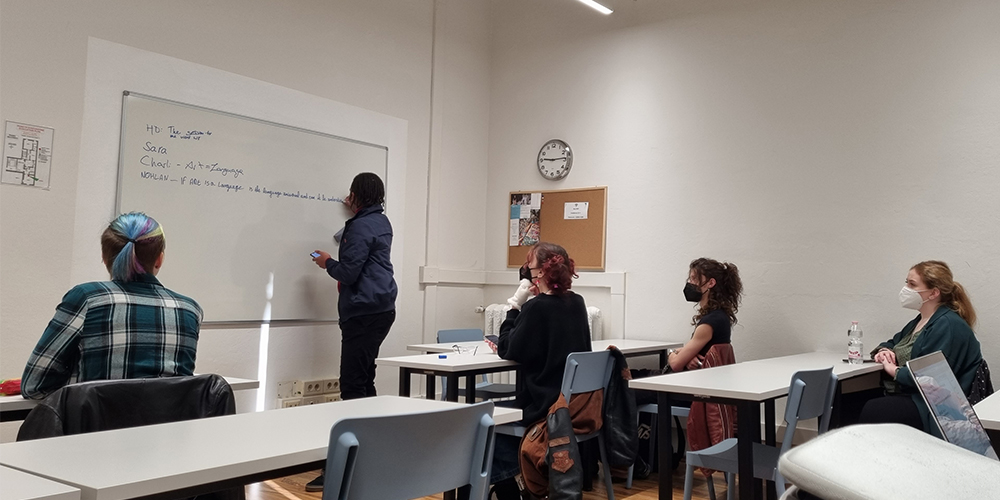
For
their final project the students created a multimedia
work that summed up their experience here through a variety of artistic
media of their choice: photography, painting, video, performance, graphics,
sound and design.
Someone took a more traditional approach
to this assignment, using watercolors and paint to immortalize a scene or a
feeling. Others turned to digital art to make illustrations and postcards,
mixing images and pictures taken during their time in Florence. Still others
created very interesting works using video and audio. Even if the students all
had similar experiences, the projects were very diverse in the end.
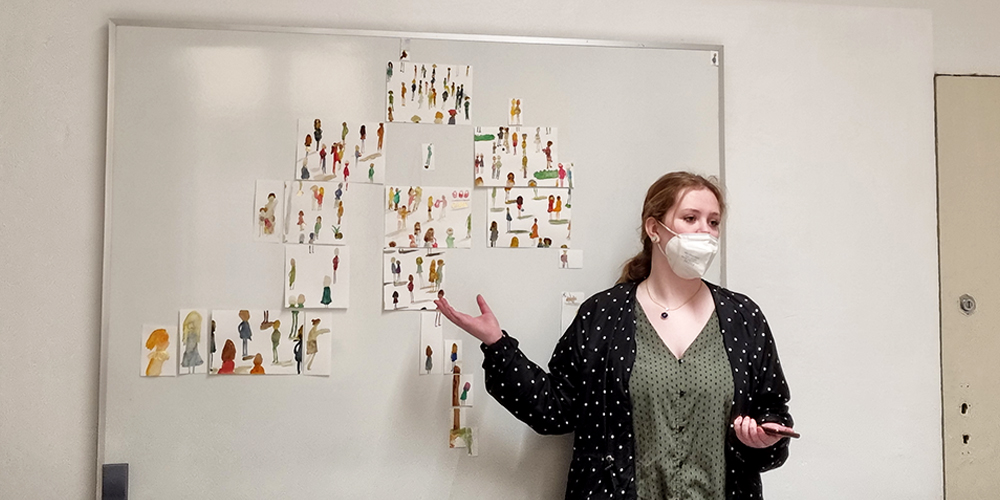
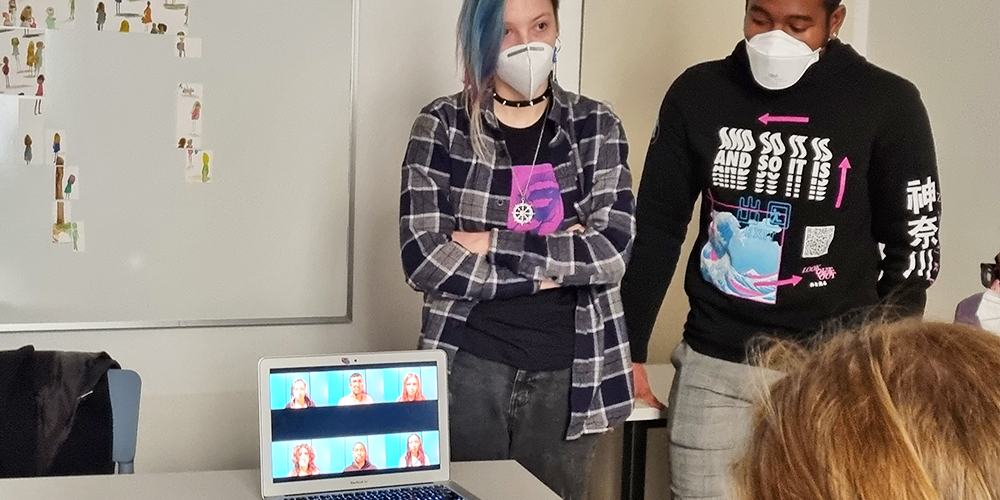
This is because the language of art is universal and subjective at the same time. There is no limit to the ways in which it can be used to convey ever new emotions and ideas. This is why we continue to study it, like the students of the Erasmus+ program, and because there are people who come here in Florence from the other side of the world to learn from the masters of the past in order to bring their own contribution to the art of the future through new media.



